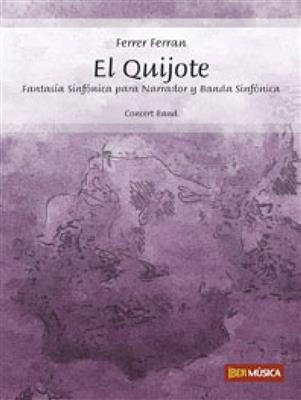Il Teuzzone RV 736
Ed. critica A. Borin - A. Moccia - Riduzione per canto e pianoforte
KOMPONIST:
Antonio Vivaldi
VERLAG:
Ricordi
PRODUKTFORMAT:
Klavierauszug
INSTRUMENT GROUP:
Vokal
With Il Teuzzone, RV 736, the collected edition of operas by Antonio Vivaldi gains a new volume that brings to completion the pair of operas written by the “Red Priest” for Mantua. Premiered during the last days of 1718, the opera preceded by a few months the production of Tito Manlio, RV 738 (PR
Spezifikationen
| Subtitle | Ed. critica A. Borin - A. Moccia - Riduzione per canto e pianoforte |
| Komponist | Antonio Vivaldi |
| Verlag | Ricordi |
| Instrumentierung | Vocal and Piano Reduction |
| Text language | Englisch;Italienisch |
| Produktformat | Klavierauszug |
| Instrument Group | Vokal |
| Style Period | Romantic |
| Erscheinungsjahr | 2021 |
| Style | Klassik |
| ISBN | 9788881920433 |
| ISMN | 9790041405056 |
| Style Period | Romantic |
| Serie | Opera Vocal Score Series (Ricordi) |
| Seitenzahl | 332 |
| No. | CP 14050500 |
| Release Date | 02.03.2021 |
Beschreibung
With Il Teuzzone, RV 736, the collected edition of operas by Antonio Vivaldi gains a new volume that brings to completion the pair of operas written by the “Red Priest” for Mantua. Premiered during the last days of 1718, the opera preceded by a few months the production of Tito Manlio, RV 738 (PR 1411). This edition of Teuzzone, the first in modern times, is based on the two complete sources to have survived: a copy originating from the composer’s own archive (Biblioteca Nazionale Universitaria di Torino, Raccolta Mauro Fo 33) and the one today housed in Berlin (Staatsbibliothek zu Berlin Preussischer Kulturbesitz, Musikabteilung, N. Mus, ms. 125), which was made for the Mantuan production. Additionally, numerous secondary sources have been collated. An appendix to the volume contains the musical materials discarded by Vivaldi during the period preceding the opera’s premiere. The supporting texts for the edition report on new findings that have emerged from archival and documentary research. It has been established, for instance, that the aria Tu, mio vezzoso (I.03) is a borrowing from Alessandro Severo by Antonio Lotti, while the aria Tornerò, pupille belle (II.02) is a reworking of Nelle mie selve natie, an aria in Scanderbeg, RV 732. These examples reveal the pasticcio-like nature of this Vivaldi opera. In the section concerned with the description of the sources, which includes a meticulous codicological examination of the source in Turin, a bold attempt has been made to reconstruct the phases that the composition of Vivaldi’s opera underwent, an operation that sheds light on the inner workings of Vivaldi’s atelier. In addition, the close relationship of this score to a work with the same title staged in Turin with music by G. Casanova and A. S. Fiorè is analysed.


 Australia
Australia
 België (FR)
België (FR)
 Bosna i Hercegovina
Bosna i Hercegovina
 Canada
Canada
 Česká republika
Česká republika
 Danmark
Danmark
 Eesti
Eesti
 España
España
 France
France
 Hrvatska
Hrvatska
 Ireland
Ireland
 Ísland
Ísland
 Italia
Italia
 Latvija
Latvija
 Lëtzebuerg
Lëtzebuerg
 Liechtenstein
Liechtenstein
 Lietuva
Lietuva
 Magyarország
Magyarország
 Malaysia
Malaysia
 Malta
Malta
 Nederland
Nederland
 New Zealand
New Zealand
 Noreg
Noreg
 Österreich
Österreich
 Polska
Polska
 Portugal
Portugal
 România
România
 Slovenija
Slovenija
 Slovensko
Slovensko
 Srbija
Srbija
 Suid-Afrika
Suid-Afrika
 Suomi
Suomi
 Sverige
Sverige
 Svizzera (DE)
Svizzera (DE)
 Türkiye
Türkiye
 United Kingdom
United Kingdom
 United States
United States
 Ελλάδα
Ελλάδα
 Κύπρος
Κύπρος
 България
България
 Россия
Россия
 Україна
Україна
 ישראל
ישראל
 المملكة العربية السعودية
المملكة العربية السعودية
 مصر
مصر
 대한민국
대한민국
 中国
中国
 新加坡
新加坡
 日本
日本
 香港特別行政區
香港特別行政區
 Other
Other





























